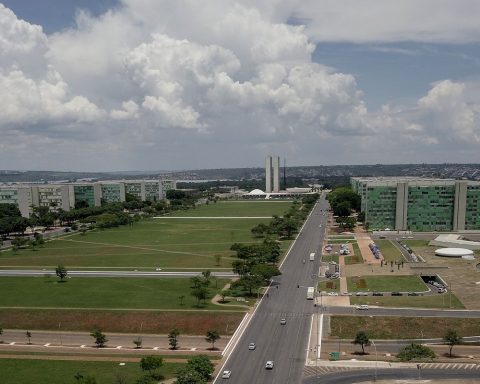The Ministry of Public Works reported that the levels of the Pilcomayo river remain stable and in decline
According to the monitoring system report, in the upper basin practically all levels of the Pilcomayo River remain stable and falling. In Villamontes, bolivianon January 18 there was a downspout of 0.77 meters, while in Misión La Paz-Pozo Hondo, the waters reached 3.16 meters, well below what is usual for this time of year.
in the bathed The Star, Argentinathe water advances slowly, it has already passed the area of Fortín Soledad, although it still does not cover its entire surface.
Meanwhile, in the area of Fortín General Díaz, department of Presidente Hayes, the river stays stable with 2.30 meters, as well as on the bridge at km 6.3 where it measured 2.80 meters deep, in both cases considered low levels.
It’s news today: Girl received a stray bullet and was treated as if she had a blow to the head
OVERALL SITUATION
It must be taken into account that the current conditions of the Pilcomayo are due to the lack of important rains in Bolivia. In this sense, there was a critical situation since late spring due to this factor.
Since mid-December it began to rain and that gave us a breather, reactivating the channels in Argentina again and increasing their flow to a certain extent in Paraguay. However, it did not rain enough and levels are still below historical averages.
According to the perspectives of experts in the field, from February the precipitations would return normally, thus cutting the cycle of The girlbut only in April would this be reflected in the Pilcomayo River.
It should be noted that the current drought is historic worldwide. La Niña tends to record below-normal rainfall and is a phenomenon that produces large-scale cooling of surface waters in the central and eastern parts of the equatorial Pacific, as well as other changes in the tropical atmospheric circulation in the winds, the pressure and precipitation.

















